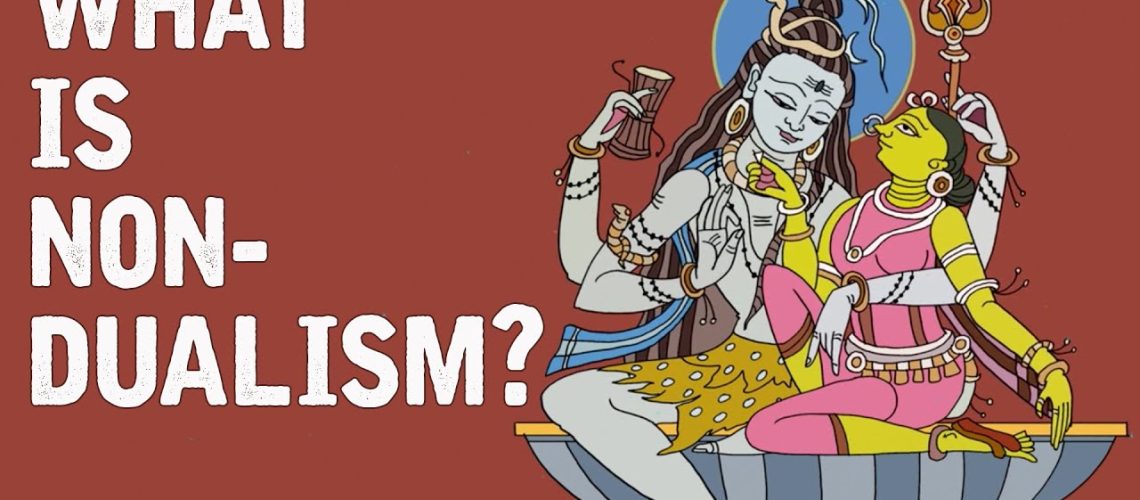Non-dualism, often denoted with the Sanskrit terms advaita or advaya, is a metaphysical concept that literally means “not-two.” It is at once an ontological claim about the nature of reality and a description of the mystical experience.
Video Summary by Embodied Philosophy
Key Takeaways
It is at once an ontological claim about the nature of reality and a description of the mystical experience.
The concepts of Monism, Dualism, and Non-Dualism are ways in which philosophers have attempted to respond to this question.
What is Monism?
Monism either declares that everything is one, and that difference is in some sense not real or it declares that difference is real, but it is ultimately made of just one thing or substance.
What is Dualism?
Conversely, Dualism posits that there are in fact two things that are substantially different, and ultimately real
In the Western philosophical tradition, the most famous duelist was Rene Descartes, who argued that two things, Res Cogitans and Res Extensa, or thought and extension, are ultimately incommensurable ontological principles.
What is Non-Dualism?
Non-dualism can be seen as striking an interesting balance between the two perspectives of Monism and Dualism because it isn’t saying that there is one thing or two things, it is saying that there are not two things or that reality is other than two.
In the Tantric traditions comprising what is commonly referred to as Kashmir Shaivism, non-dualism is captured in images of Shiva and Shakti, who are often copulating as a way of expressing their ontological entanglement.
In these traditions, Shiva and Shakti are consciousness and energy, two things that interact to create every expression of life as we know it, but which are in the final instance non separate from one another. You cannot have Shiva without Shakti.
In some contemplative traditions, the goal of meditative practice is to ultimately steep oneself in a space beyond or below language.
A space we might refer to as non-dual because while immersed in this silent space, the subject, the object and the means of knowledge collapse into an experience of pulsating aliveness not conditioned by the affairs of the world.
When we come out of meditation, we take a little bit of that nourishing wisdom with us. Hopefully integrating it into our waking life, our commitments, and our relationships.

